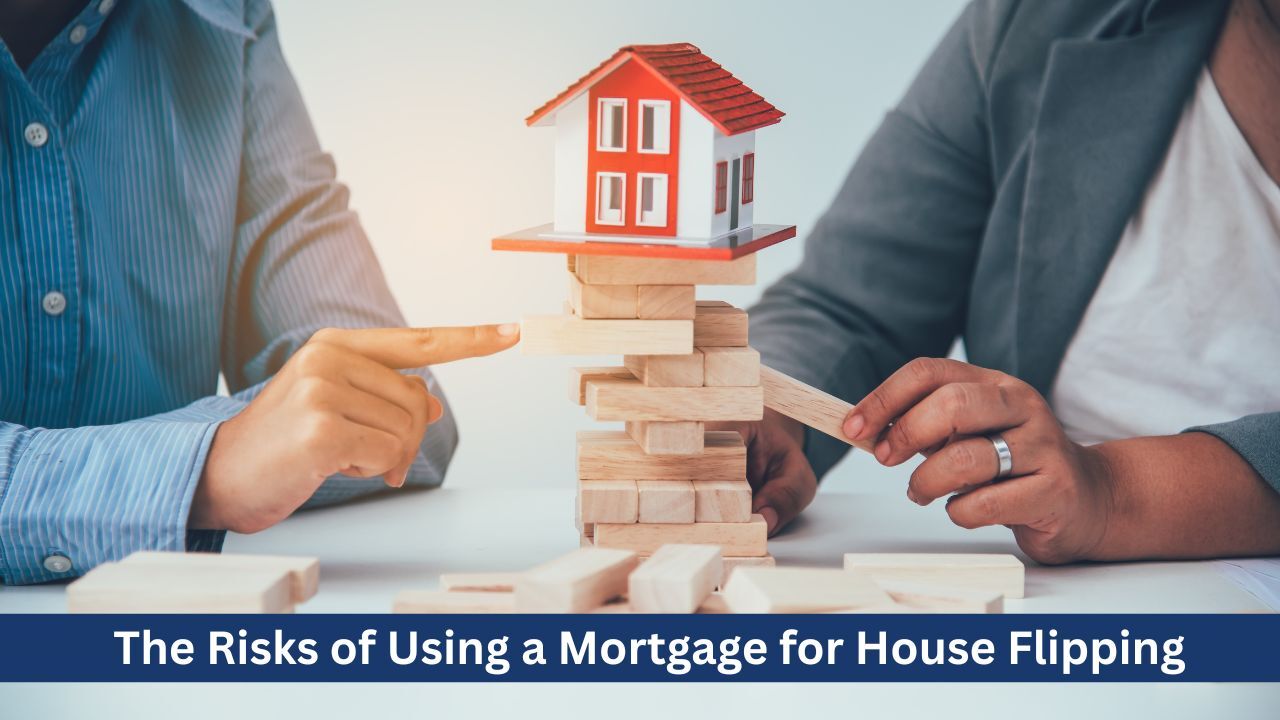Why Getting Pre-Approved Feels So Intimidating, and Why It Shouldn’t
 For many people, the idea of getting pre-approved for a mortgage feels overwhelming. You are asked to hand over personal financial information, trust a stranger with your credit report, and answer questions you may not feel ready to face. It is no wonder some buyers delay this step, even when they are serious about purchasing a home.
For many people, the idea of getting pre-approved for a mortgage feels overwhelming. You are asked to hand over personal financial information, trust a stranger with your credit report, and answer questions you may not feel ready to face. It is no wonder some buyers delay this step, even when they are serious about purchasing a home.
But here is the truth, getting pre-approved is not something to fear. It is one of the most empowering steps you can take as a buyer.
The Emotional Roadblock
Let us start by acknowledging the emotions involved. The pre-approval process can feel personal, even invasive. You might be worried about your credit score, past financial mistakes, or whether your income is good enough. Some people assume they will be judged or turned away.
In reality, a good mortgage professional is not here to judge, they are here to guide. We understand that no financial journey is perfect. Our goal is to help you understand your options and get you into the best position possible, whether that means moving forward now or making a plan for later.
What Pre-Approval Really Does
Pre-approval gives you a clear picture of what you can afford. It shows sellers that you are a serious buyer, and it can help you move quickly when you find the right home. It also uncovers any issues early, before you fall in love with a property that might be out of reach.
More importantly, it turns uncertainty into clarity. Instead of guessing whether you are ready, you will know where you stand, and that knowledge puts you in control.
It Is Not as Complicated as It Seems
Getting pre-approved usually involves providing some basic financial documents like tax returns, pay stubs, and bank statements. You will complete a loan application and authorize a credit check. That is it.
Most pre-approvals can be completed in a matter of days, sometimes even the same day, depending on your situation. The process is secure, private, and designed to help you, not hold you back.
You Do Not Have to Go Through It Alone
A major reason people feel anxious is because they do not know what to expect. That is where I come in. My role is to walk you through each step, explain what documents are needed, and answer your questions without pressure or judgment. Whether you are buying your first home or your fifth, it is normal to have concerns. I am here to help you feel confident, not confused.
Take the First Step with Confidence
If you are thinking about buying a home, getting pre-approved is the smartest first move you can make. It is not about being perfect, it is about being prepared. You deserve to work with someone who respects your time, understands your goals, and helps make the process feel approachable.
Let us take that step together, because you are closer to homeownership than you think.

 House flipping, the practice of buying a property, renovating it, and quickly selling it for a profit, can be an exciting and potentially lucrative investment strategy. However, financing a flip with a traditional mortgage carries significant risks that investors should carefully consider before proceeding.
House flipping, the practice of buying a property, renovating it, and quickly selling it for a profit, can be an exciting and potentially lucrative investment strategy. However, financing a flip with a traditional mortgage carries significant risks that investors should carefully consider before proceeding.